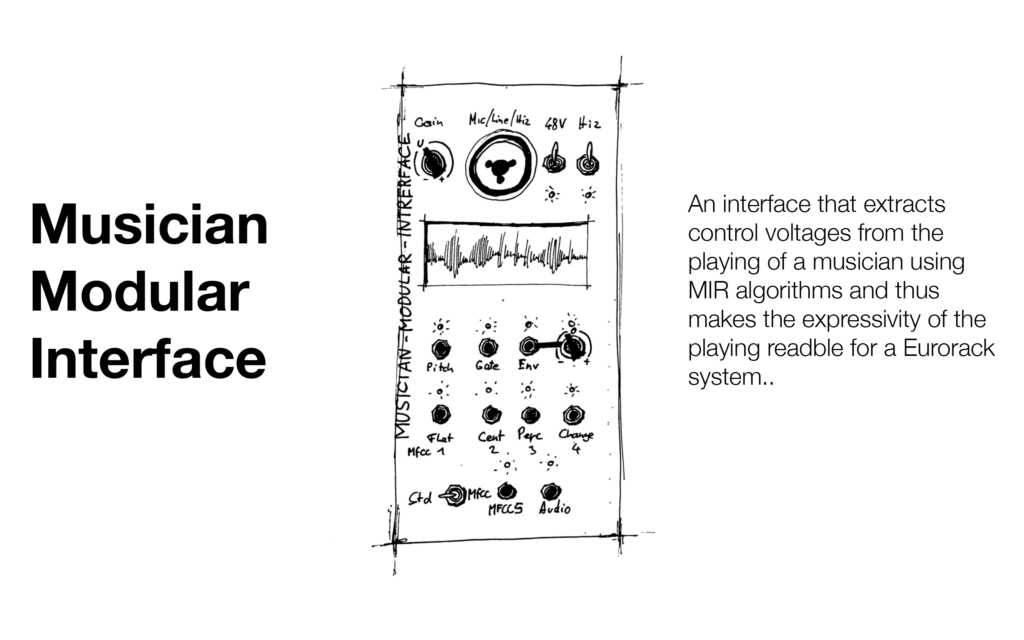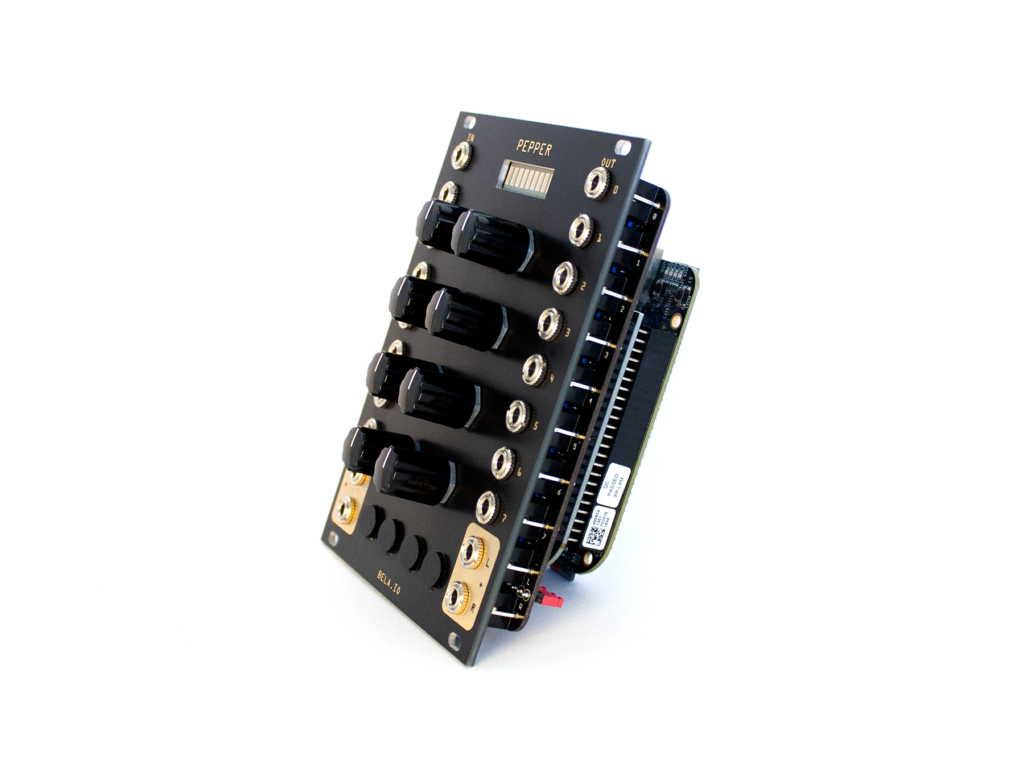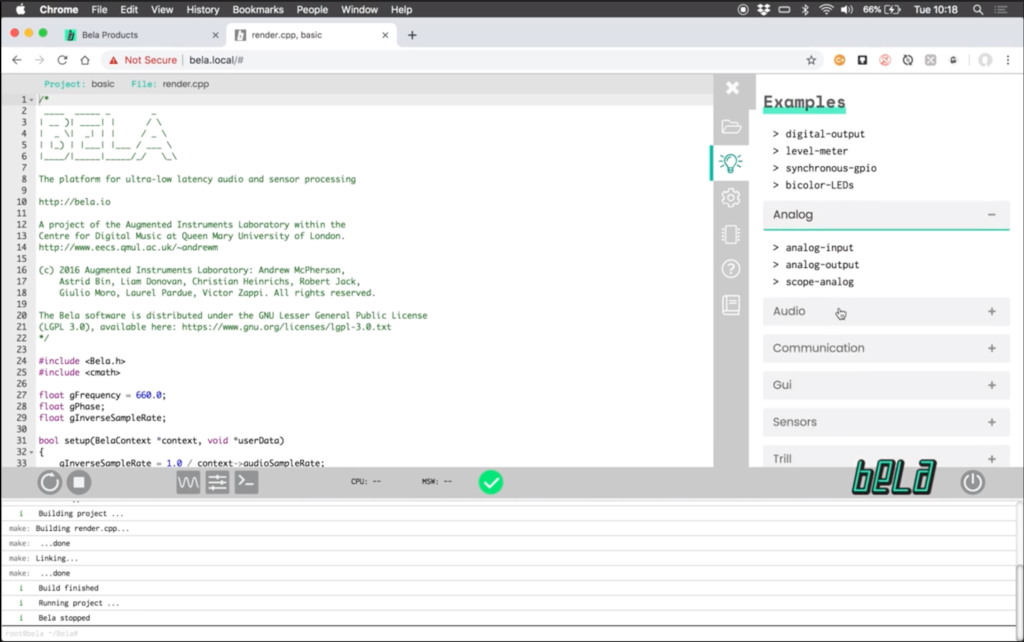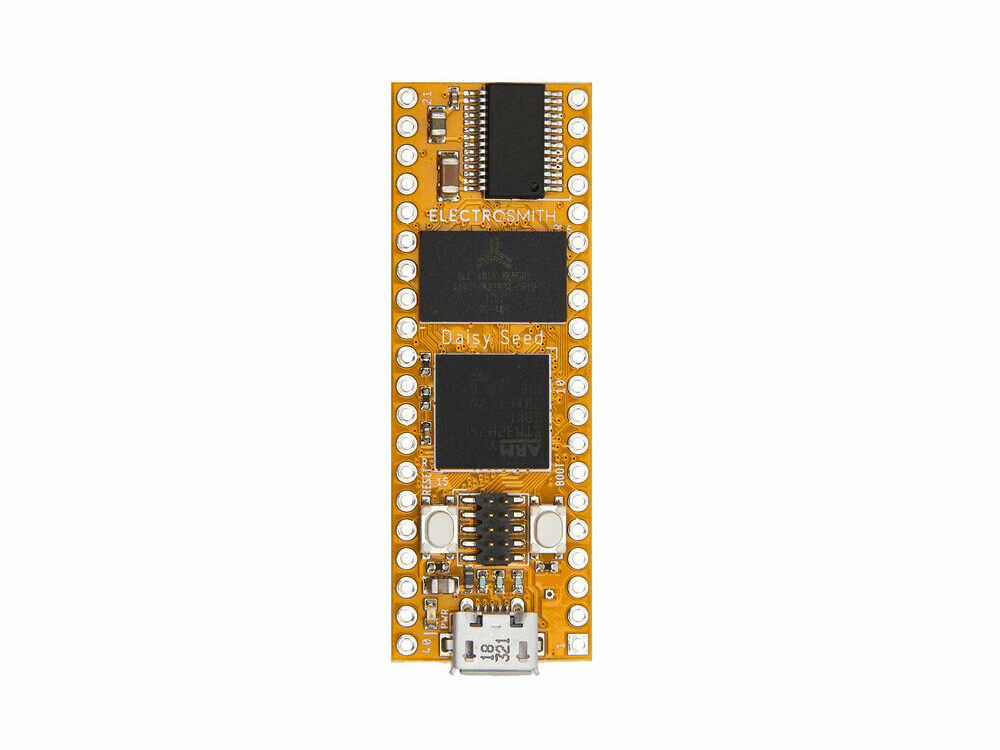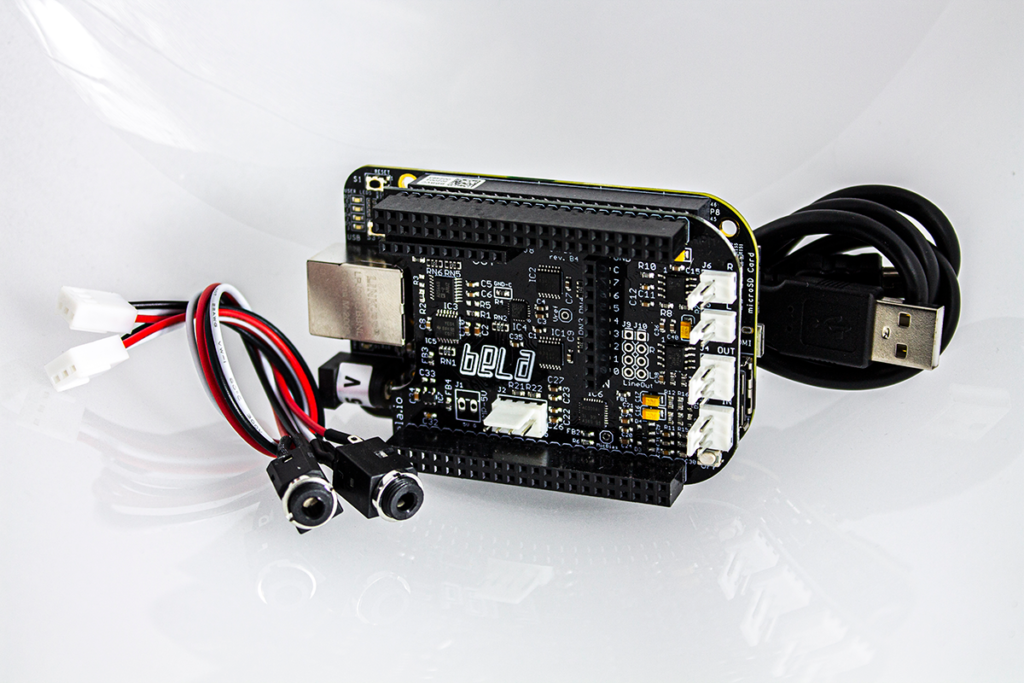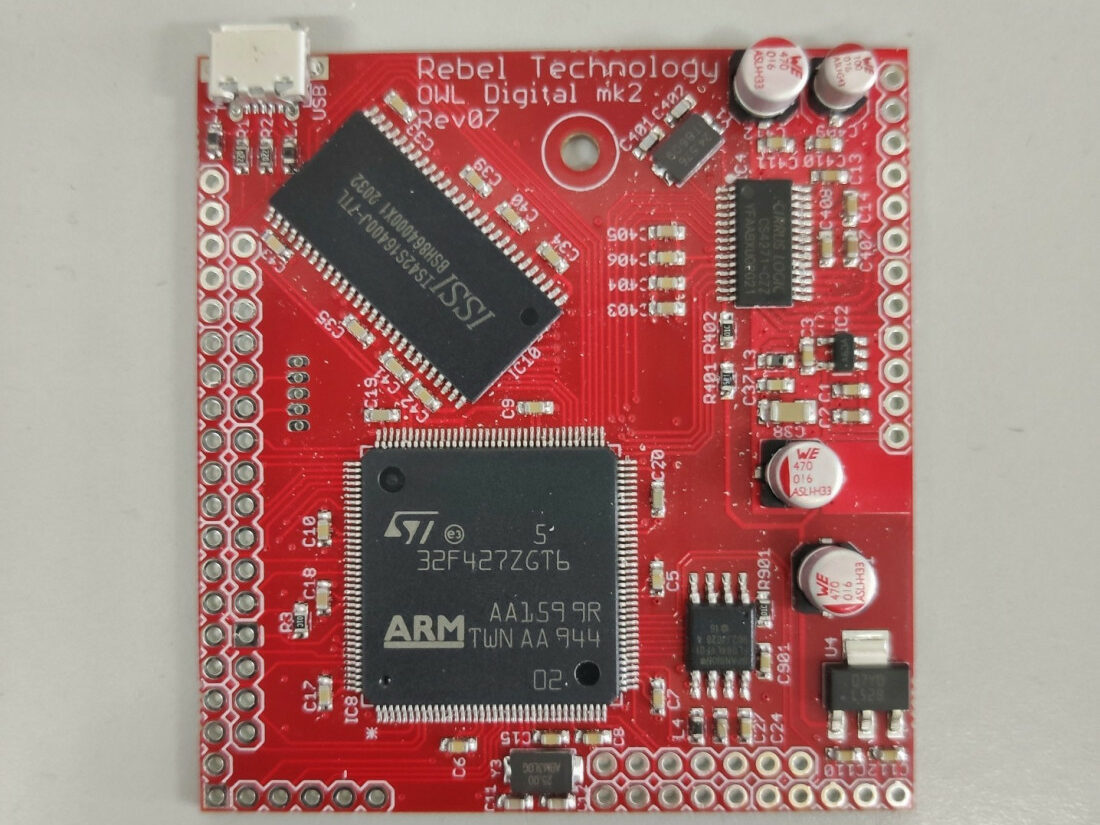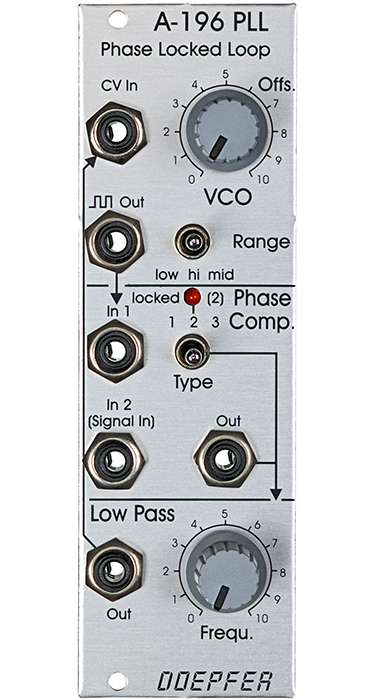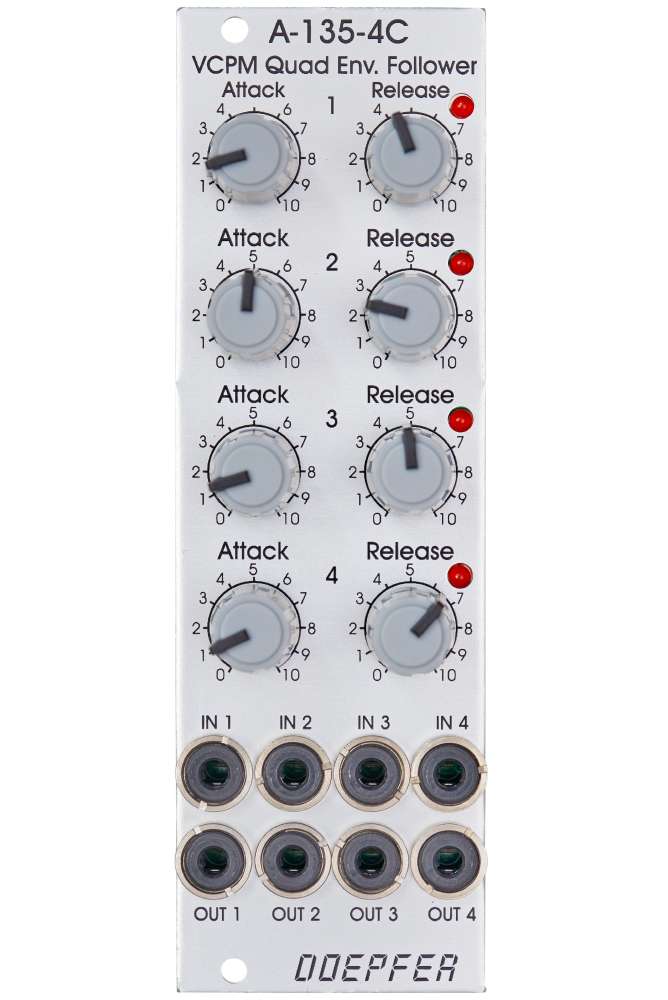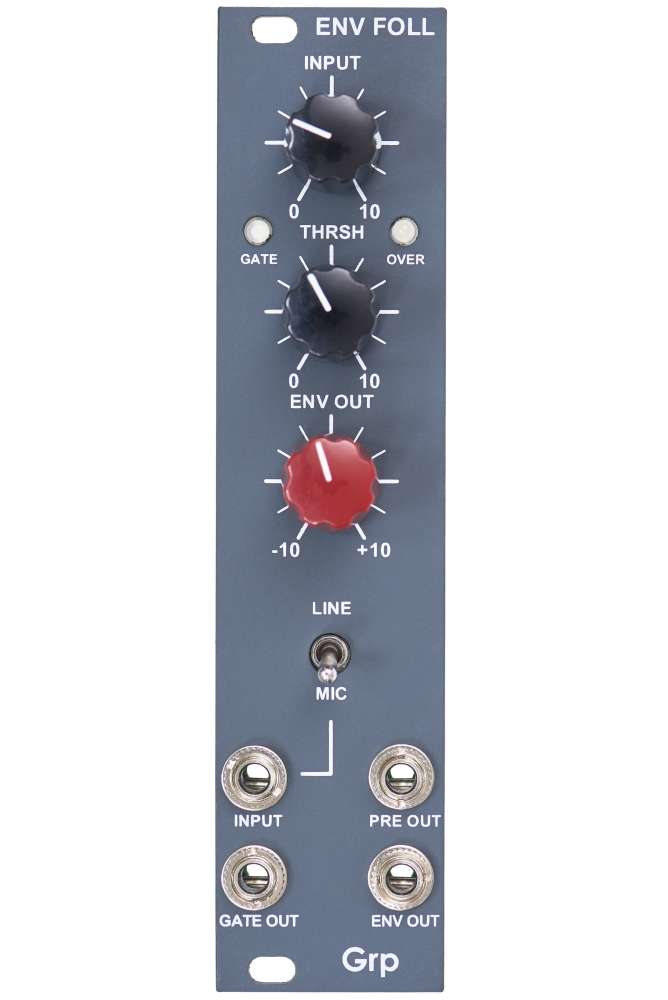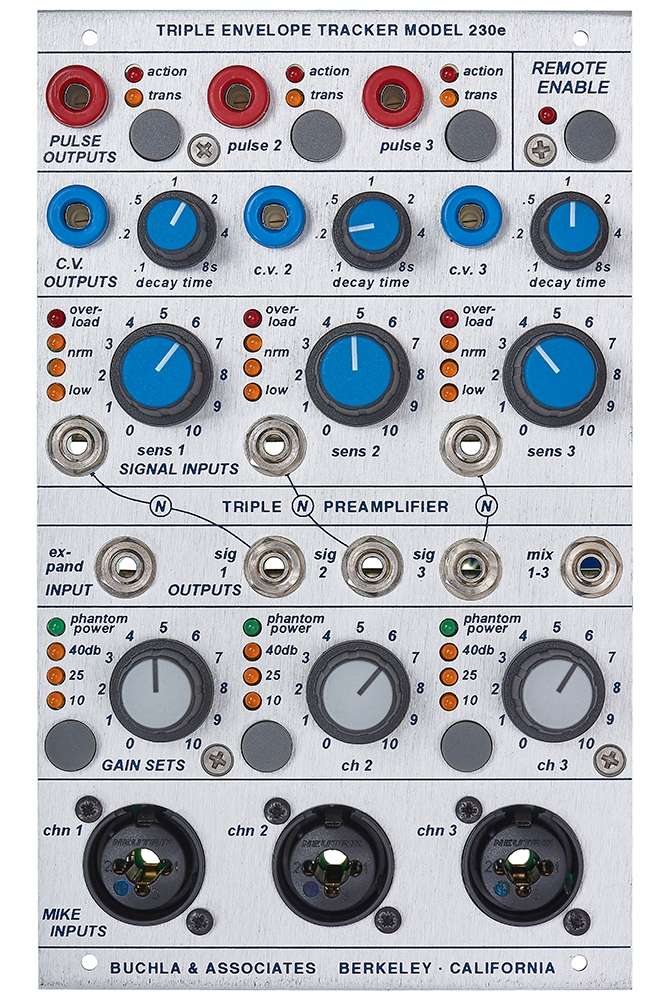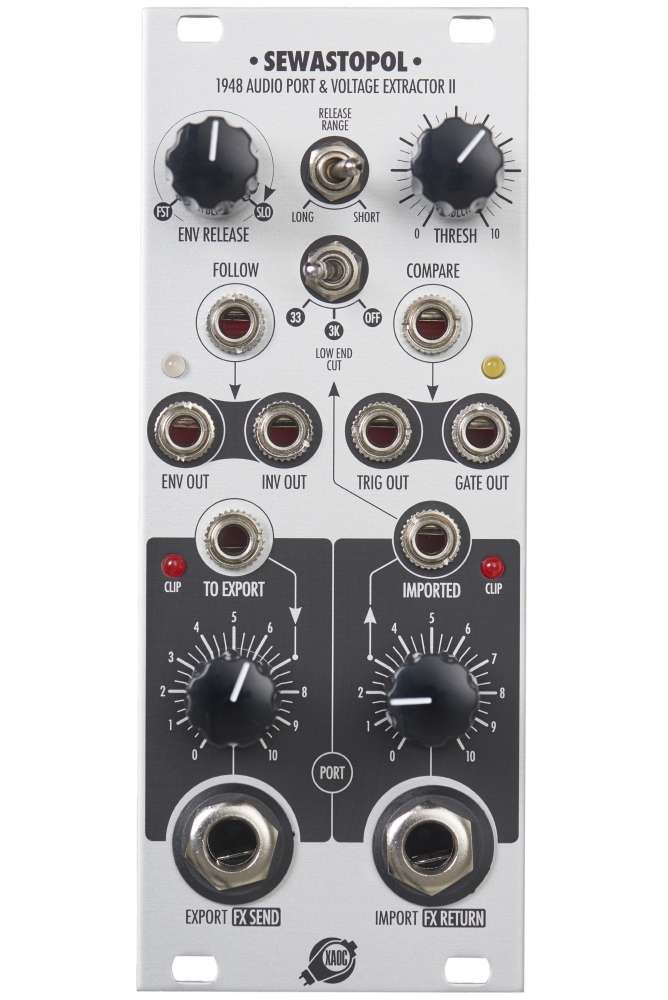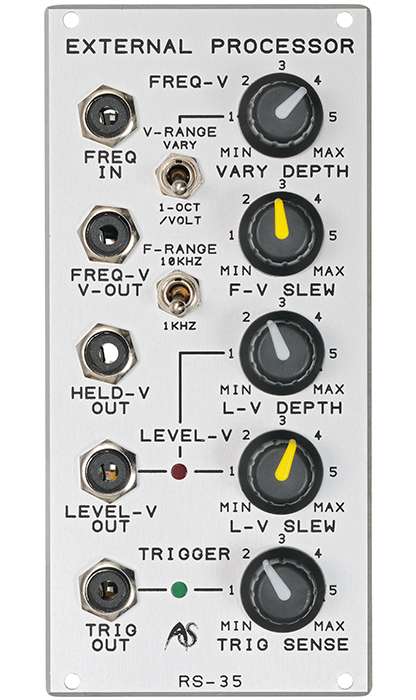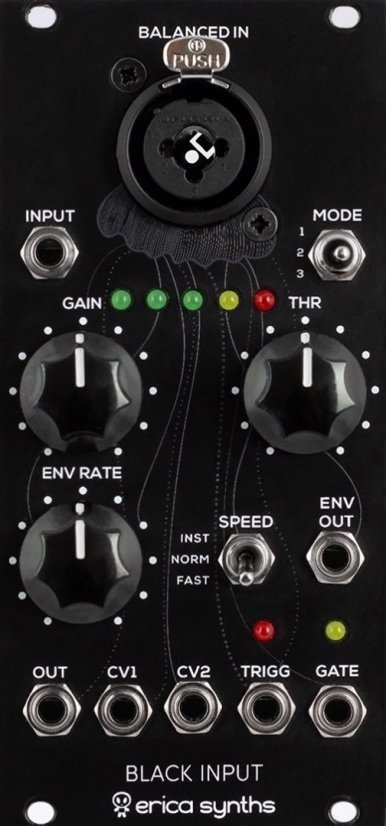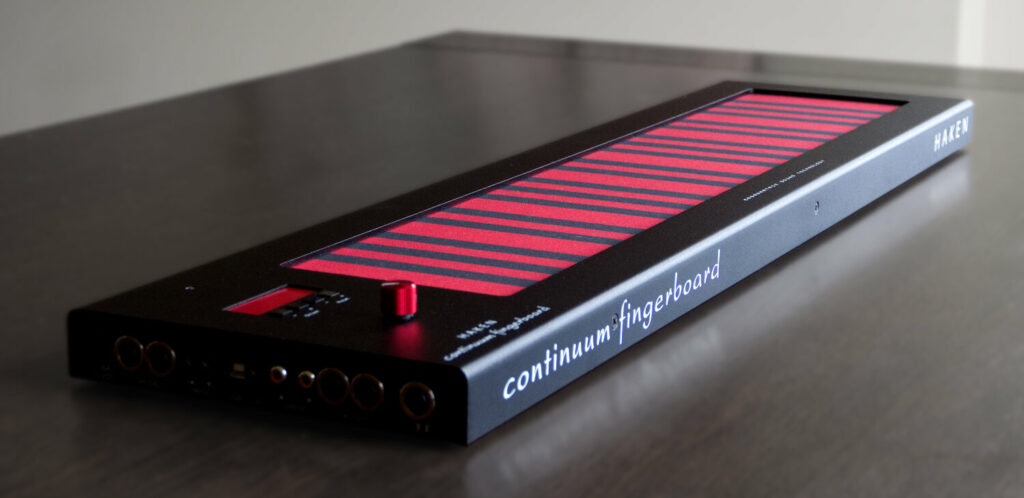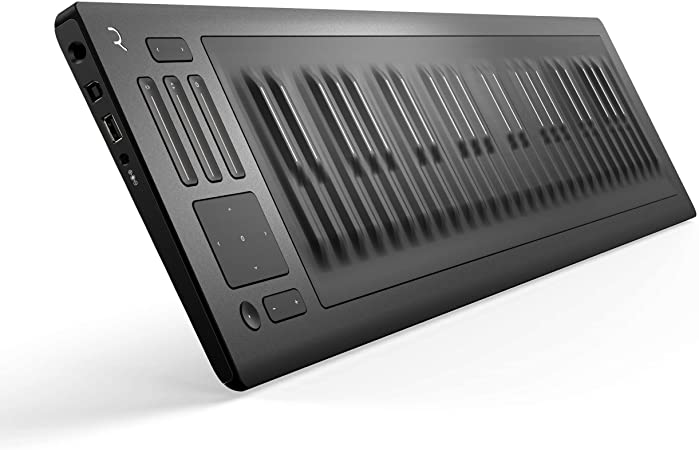Masterthesis
von Michael Nguyen
betreut von Prof. Jörg U. Lensing
an der Fachhochschule Dortmund im Jahr 2021
Die These des Autors ist, dass immersiver Sound die technischen Defizite von klassischem Film gegenüber Videospielen oder VR auszugleichen vermag.
Der Autor führt sein Werk mit der schwierigen Begriffsdefinition der Immersion ein und entwirft auf dieser Basis ein Komponentenmodell, um die Immersion im Film durch Sound zu bewerten. Dieses Analysemodell konkretisiert der Autor anschließend mit Beispielen, bevor er die Ergebnisse seiner Masterarbeit präsentiert.
Gestaltungshöhe
Die Gestaltung der Arbeit ist sehr trocken. Die Groteskschrift deutet darauf hin, dass das Design selbst gewählt wurde und nicht von der Hochschule bestimmt wurde. Orange (Farbe der Hochschule) und ein mittleres Blau sind die einzigen 2 verwendeten Farben. Zitate sind großzügig eingeschoben und nach allgemeinem Standard in kleinerer Schrift und die Fußnoten gleichen dem Indiesgn Standardfußnoten. Bilder sind sehr klein gehalten. Wenn die Arbeit wirklich selber gestaltet wurde, finde ich die Wahl der Schrift und der Farben nicht vorteilhaft. Die Bilder geben durch die geringe große das Thema Immersion gar nicht wieder.
Innovationsgrad
Da es Objektbasierten Surround Sound schon seit den 70er Jahren gibt und Kinos seit Ende der 80er schon echte Mehrkanalsysteme verbauten, sehe ich den Film eher als Pionier der Immersion als etwas, dass hinter VR oder Videospielen nachhinkt. In dem sehe ich die Arbeit weniger innovativ. Andererseits lässt die Schnelllebigkeit von der Unterhaltungsindustrie oft keinen genauen Blick auf das, was eigentlich passiert zu, aus dem Grund finde ich den Versuch der Definition von Immersion aus Sound Design Perspektive einen relevanten Beitrag zum Diskurs.
Gliederung und Struktur
Immersion wird in 8 Komponenten und 154 Seiten definiert. Das gliedert sich in eine allgemeine Einleitung, die Erklärung der Analysemethode und die Definition der einzelnen Komponenten, von technische über kognitiver bis hin zu emotionaler Komponente. Das eigene Masterprojekt wird in 14 Seiten beschrieben, wobei das eigene Gestaltungskonzept etwa die Hälfte davon einnimmt. Die Arbeit kommt mit 4 Hauptkapitel aus, wobei das einen Anhang inkludiert.
Kommunikationsgrad
Die spräche, ist sehr genau und verweist oft an andere Stellen der Arbeit. Da die Arbeit sehr stark auch die Definition von Immersion aufbaut, ist das auch gut nachvollziehbar.
Umfang der Arbeit
Mit insgesamt 252 Seiten ist die Arbeit bestimmt auf der umfangreicheren Seite.
Orthografie sowie Sorgfalt und Genauigkeit
Gesetzt wurde die Arbeit, wenn auch in dem unglücklichen Design sehr sorgfältig. Beim schnellen Durchschauen der Arbeit finden sich keine fliegenden Zeilen oder Worte und auch keine Umbrüche über Seiten hinweg. Inhaltlich wird eine gute theoretische Grundlage gebaut, die eigne Gestaltung fällt hier etwas unter den Tisch.
Literatur
Das Literatur-, Abbildung- und Filmverzeichnis erstreckt sich über die letzten 18 Seiten und fällt somit sehr umfangreich aus. Die Textquellen gleichen der menge her den Internetquellen.
